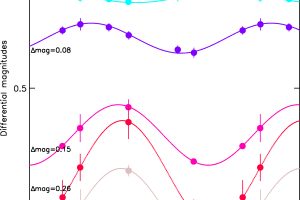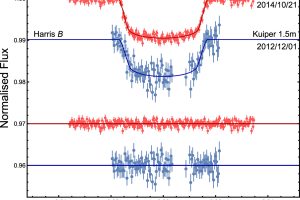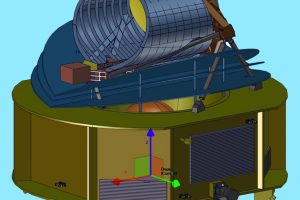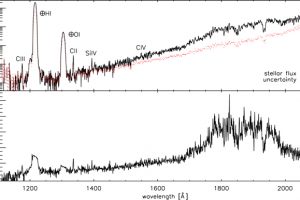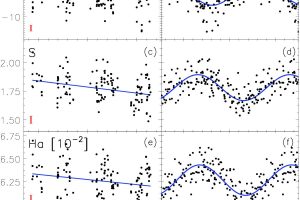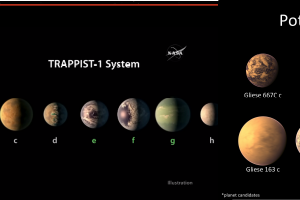A sub-Neptunian planet discovered around a G9 star. Published on MNRAS: “K2-263 b: a 50 d period sub-Neptune with a mass measurement using HARPS-N” of A. Mortier (University of St. Andrews)
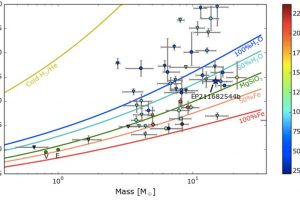
The search of exoplanets relies mainly on two techniques: transits and radial velocity. With the former method exoplanets are revealed thanks to small and periodic dimming of the light of stars when their planets orbit across the stellar disk, producing a small eclipse. The method of radial velocity consists in revealing the oscillations of stars around the center of mass
» Read more
